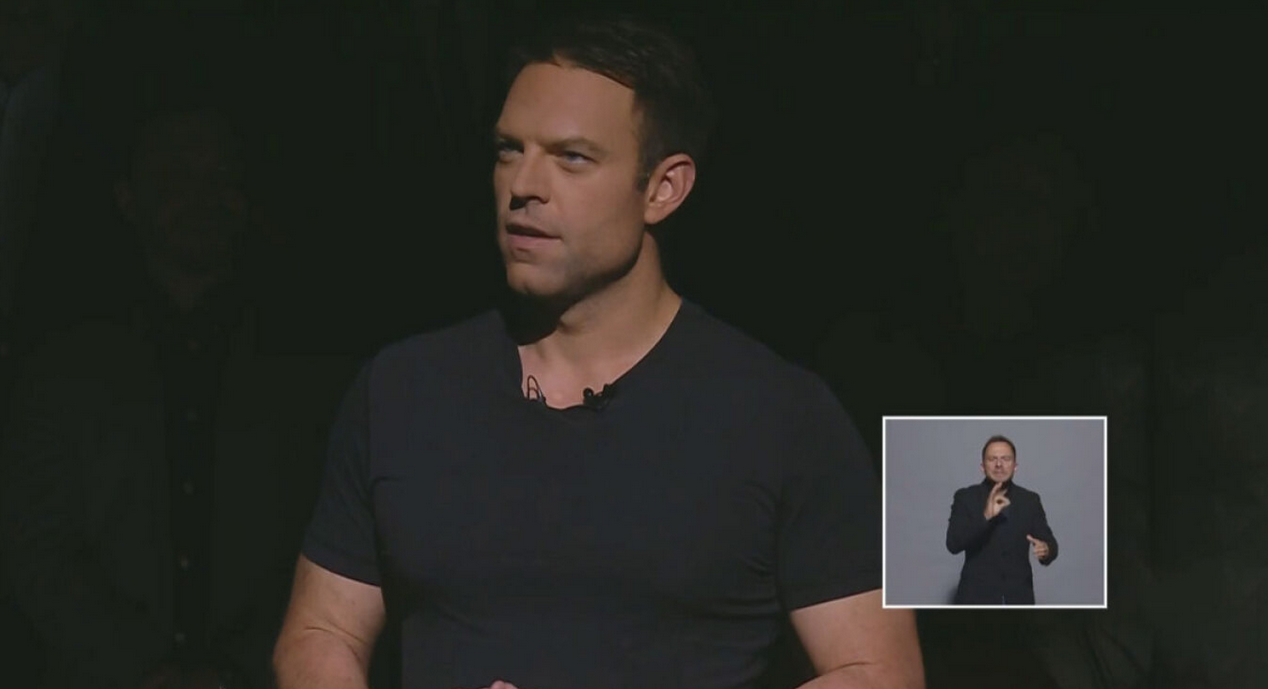A 10,000-year-old skeleton discovered in Mexico has challenged the ‘traditional’ theory on how humans arrived on the American continent. Conventional thinking holds that humans arrived in America as one single population. But now researchers think that might not be the case. An analysis of the remains, found in an underwater cave known as Chan Hol near the city of Tulum, suggests there may have been multiple groups of early American settlers arriving ‘from different geographical points of origin’. According to scientists the skeleton – named Chan Hol 3 – belonged a 30-year-old Paleoindian woman. Paleoindians were the first peoples to arrive, and subsequently inhabit, the Americas.
It is believed they journeyed across an ancient land bridge connecting Asia to North America, known as Beringia, during the last Ice Age more than 12,000 years ago, before migrating to the Patagonian region in South America. The researchers say the shape and structure of the Chan Hol 3 skull is different to some of the other skeletons from a similar time period, indicating at ‘least two morphologically different Paleoindian populations’.
Read more: metro.co.uk

































